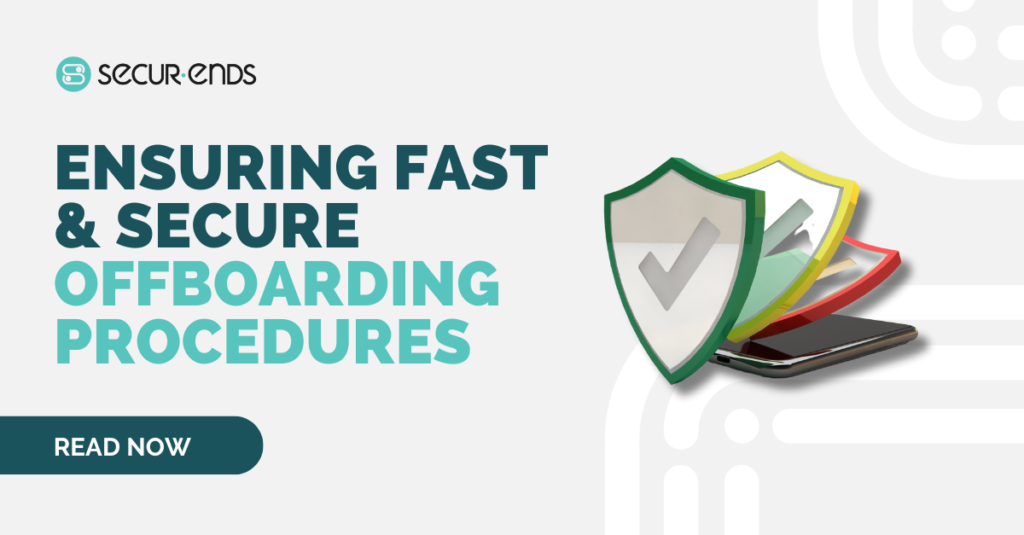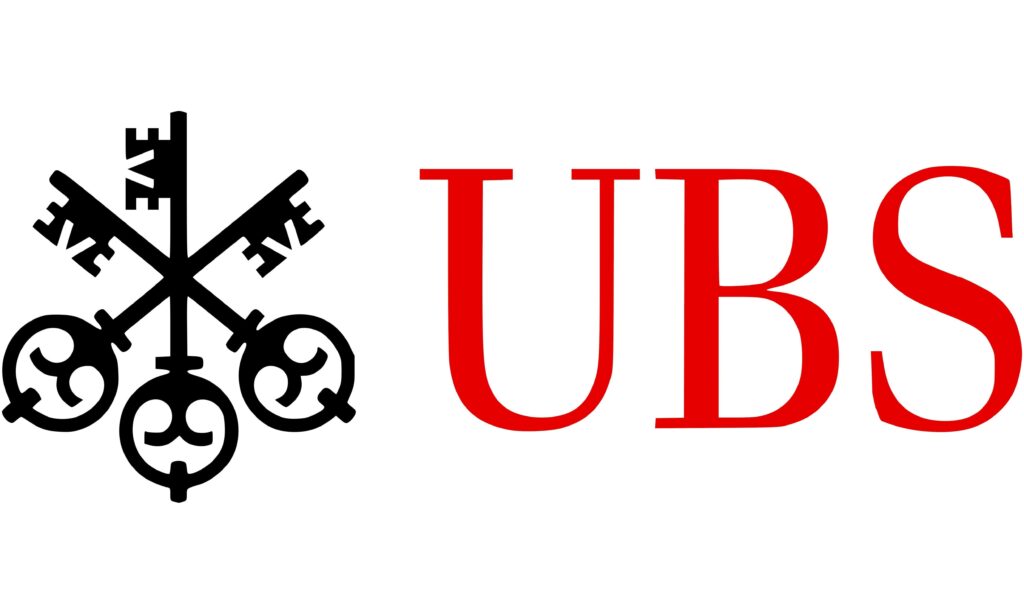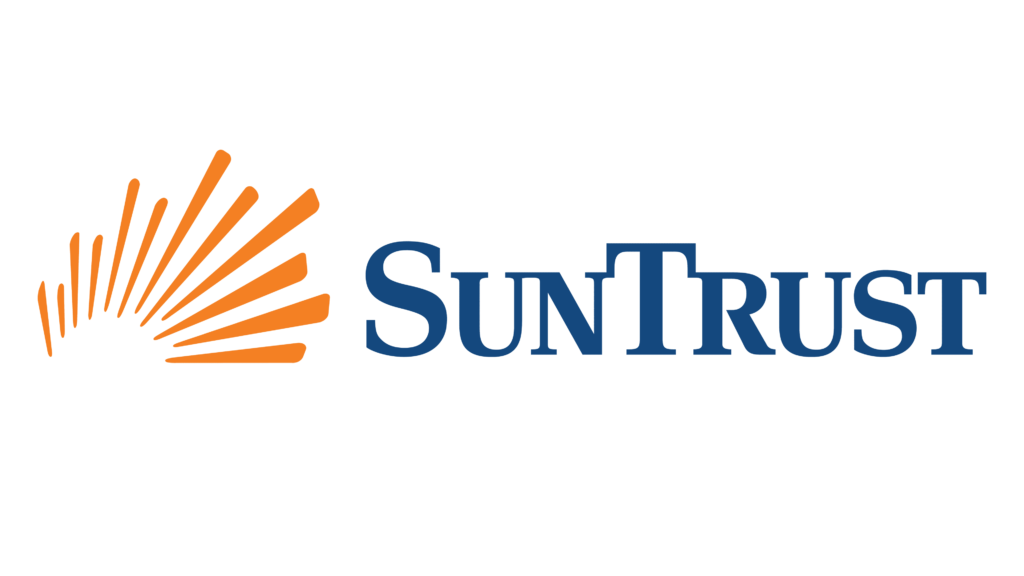Ensuring Fast & Secure Offboarding with Automated User Access Reviews
Ensuring Fast & Secure Offboarding with Automated User Access Reviews

In today’s technology-driven world, ensuring the security of employee offboarding is more crucial than ever.
Your team must take proactive measures to protect sensitive data and prevent potential breaches when employees leave the company. That’s where automated user access reviews come in. Automation enables organizations like yours to streamline the offboarding process, reduce the risk of unauthorized access, and enhance overall security.
In this article, we’ll explore the benefits and best practices of using automated user access reviews to ensure secure offboarding. You’ll discover how they can revolutionize your offboarding procedures, providing peace of mind and data protection for your organization.
Let’s start by getting to know how most organizations usually approach offboarding.
What do offboarding security measures typically look like?
The employee offboarding process involves several cybersecurity considerations to ensure that the departure of an employee does not pose any security risks to the organization.
While specific processes may vary based on the organization’s policies and industry regulations, here is a general outline of the employee offboarding process with cybersecurity in mind:
- 1️⃣ Notification and preparation: When an employee submits their resignation or termination notice, the HR department or relevant personnel should promptly inform the IT or cybersecurity team. This notification triggers the initiation of the offboarding process.
- 2️⃣ Access review: The IT or cybersecurity team conducts an access review to determine all the systems, applications, databases, networks, and physical resources that the departing employee has access to. This review ensures that no access rights are overlooked during the offboarding process.
- 3️⃣ Access revocation: Access rights are promptly revoked or modified based on the access review. This includes deactivating or disabling user accounts, revoking system privileges, removing physical access badges, and resetting passwords. Automated access management tools or identity and access management (IAM) systems can streamline this process and ensure comprehensive access removal.
- 4️⃣ Data backup and retrieval: If the departing employee has any critical data or files stored on their personal devices, the organization should ensure that such data is backed up or retrieved before the employee leaves. This prevents potential loss of important information and ensures that sensitive data remains within the organization’s control.
- 5️⃣ Asset recovery: The employee’s physical assets, such as laptops, mobile devices, access cards, or USB drives, should be collected and returned to the organization. This ensures that any company-owned hardware or storage devices are accounted for and prevents unauthorized access to sensitive information.
- 6️⃣ Security awareness and training: As part of the offboarding process, it is important to remind employees about their ongoing responsibilities regarding data confidentiality and security. This can include emphasizing the importance of not disclosing sensitive information after employment termination and the legal ramifications of doing so.
- 7️⃣ Incident response planning: In the event that an offboarded employee poses a potential security risk or there are suspicions of unauthorized activity, having an incident response plan in place is crucial. This plan should outline the steps to be taken, such as isolating affected systems, conducting a forensic investigation, and notifying appropriate stakeholders.
- 8️⃣ Employee exit interviews: Conducting exit interviews with departing employees provides an opportunity to address any security concerns, gather feedback, and ensure that employees understand their obligations regarding data protection and confidentiality even after leaving the organization.
With a well-defined employee offboarding process that integrates cybersecurity measures, you can mitigate the risk of data breaches, unauthorized access, and other security incidents associated with employee departures. However, these processes don’t always work as well as you’d expect and even carry some inherent flaws that could pose big problems for your organization.
What are the risks?
While the employee offboarding process aims to mitigate security risks, there are still potential vulnerabilities and challenges that organizations should be aware of. Here are some common security risks associated with the employee offboarding process:
- 🚨 Lingering access rights: Failing to revoke or modify access rights promptly can lead to ex-employees retaining access to sensitive systems, data, or networks. This can result in unauthorized data access, data breaches, or misuse of resources.
- 🚨 Insider threats: Disgruntled employees who are offboarding may pose an insider threat, intentionally causing harm to the organization’s systems, data, or reputation. They may attempt to steal or leak sensitive information, disrupt operations, or introduce malware or other malicious activities.
- 🚨 Data leakage: If data backups or retrieval from the departing employee’s personal devices are not handled properly, there is a risk of data leakage. Sensitive information stored on personal devices, cloud storage, or personal email accounts could be compromised, leading to breaches or non-compliance with data protection regulations.
- 🚨 Inadequate asset recovery: Failing to collect and recover physical assets, such as laptops, mobile devices, or access cards, leaves room for unauthorized access to corporate resources or data. Lost or stolen devices may contain sensitive information that could be exploited by malicious actors.
- 🚨 Lack of security awareness: If departing employees are not adequately educated about their ongoing responsibilities regarding data security and confidentiality, they may inadvertently or intentionally disclose sensitive information or neglect to follow security protocols.
- 🚨 Human error: During the offboarding process, human error can lead to oversight or mistakes, such as incorrectly revoking access, deleting critical data, or mishandling physical assets. These errors can have security implications and cause disruptions to business operations.
- 🚨 Incomplete or outdated processes: Organizations with outdated or incomplete offboarding processes may lack the necessary steps or documentation to ensure comprehensive security. This can result in overlooked access rights, improper asset recovery, or inadequate incident response planning.
- 🚨 Lack of monitoring and auditing: Without proper monitoring and auditing, organizations may fail to detect unauthorized access attempts or anomalies related to offboarded employees. This can delay incident response or result in a delayed identification of security breaches.
To mitigate these risks, your team must establish and enforce robust offboarding policies and procedures, leverage automation for access reviews and revocation, conduct thorough security awareness training, and maintain a culture of security throughout the offboarding process. Regular audits and reviews of the offboarding process can also help identify and address any vulnerabilities or gaps in security practices. Now, let’s get into another key issue contributing heavily to overall risk levels.
How are increasing application counts making things more difficult?
The increasing number of applications within an organization’s technology landscape can contribute to heightened security risks during the employee offboarding process. Here’s how:
- ❗ Overlooked applications: As the number of applications grows, it becomes more challenging to keep track of all the systems and platforms to which an employee has access. This increases the likelihood of overlooking certain applications during the access review process, potentially leaving access rights intact in overlooked systems and posing a security risk.
- ❗ Complex access management: With a larger application count, managing access rights across multiple systems becomes more complex. It becomes harder to ensure consistent access controls, proper role-based access, and timely revocation of user privileges. Complexity can lead to misconfigurations, access gaps, or delays in removing access, leaving sensitive data and resources exposed to potential breaches.
- ❗ Shadow IT and unauthorized applications: The proliferation of applications can give rise to shadow IT, where employees use unauthorized applications or services without IT department approval. When offboarding employees who have used such applications, it may be difficult to identify and revoke access, potentially leaving organizational data exposed and uncontrolled.
- ❗ Integration vulnerabilities: As your organization adopts various applications, integration points between systems become more common. Poorly configured or insecure integrations can introduce vulnerabilities, and when offboarding an employee, these integrations must be reviewed to ensure they do not create access loopholes or potential entry points for attackers.
- ❗ Vendor access management: Organizations often rely on third-party applications and services, which require granting access privileges to external vendors or contractors. Managing access rights for external parties adds complexity and potential risks. When offboarding employees who have granted access to external vendors, organizations must ensure that vendor access is promptly revoked to prevent unauthorized entry.
- ❗ Compliance and regulatory risks: Increasing application counts can complicate compliance with industry regulations and data protection laws. It becomes more challenging to ensure data privacy and protection across multiple applications, and failure to properly manage access during offboarding can result in non-compliance, leading to financial penalties and reputational damage.
To address these challenges, you must prioritize implementing strong security measures across all applications. This includes conducting regular security assessments, implementing access controls and monitoring tools, keeping applications and systems up to date, and fostering a culture of security awareness and training among employees. Regular audits and reviews of application usage and access rights are also essential to maintain a secure environment as the application landscape continues to expand.
Data breaches caused by ineffective employee offboarding
Several data breaches have occurred due to ineffective employee offboarding processes. Here are a few notable examples:

🔓 Tesla (2020): A former employee at Tesla, who had recently left the company, was accused of conducting a sabotage campaign. The ex-employee gained unauthorized access to Tesla’s manufacturing operating system and made changes to company files and code. This incident highlighted the importance of revoking access promptly and monitoring unusual activities even after an employee’s departure.

🔓 UBS (2019): UBS, a multinational investment bank, faced a data breach when an ex-employee stole confidential client data and attempted to sell it on the dark web. The breach involved sensitive information, including account numbers and investment details. The incident underscored the need for organizations to implement stringent access controls and regularly review and revoke access rights during offboarding.

🔓 SunTrust Banks (2018): In this case, an ex-employee of SunTrust Banks stole customer data, including names, addresses, phone numbers, and account balances. The breach occurred due to a failure to effectively terminate the ex-employee’s access to sensitive systems and data. The incident highlighted the importance of monitoring and promptly revoking access to prevent unauthorized data access.

🔓 State of Indiana (2010): A former contractor for the State of Indiana’s Family and Social Services Administration (FSSA) was found to have retained unauthorized access to the agency’s databases. The contractor used the access to gather personal information of over 187,000 clients, including Social Security numbers, dates of birth, and Medicaid numbers. This breach highlighted the need for robust access management practices and thorough offboarding procedures for contractors and third-party personnel.
These examples highlight the consequences of ineffective employee offboarding processes, such as failing to revoke access promptly, overlooking access rights, or not properly securing systems and applications.
In each case, ex-employees or individuals with previous access used their knowledge to exploit vulnerabilities, leading to significant data breaches and compromising the personal information of millions of individuals.
Organizations can learn from these incidents and implement robust employee offboarding processes that include thorough access reviews, timely access revocation, monitoring for unusual activities, and proper documentation to minimize the risk of data breaches and unauthorized access.
Benefits of Automating User Access Reviews
Automating user access reviews can significantly enhance the security of the employee offboarding process and reduce associated risks. Here are some ways automation can help:
- 💪 Comprehensive and consistent reviews: Perform comprehensive scans across various systems, applications, and resources, ensuring that no access rights are overlooked during the offboarding process. This reduces the risk of human error or oversight that may occur in manual reviews.
- 💪 Timely access revocation: Real-time or scheduled access reviews, ensuring that access privileges are promptly revoked upon an employee’s departure. This eliminates the delay and potential security gaps that may arise when relying on manual processes, reducing the window of opportunity for ex-employees to misuse or retain access to sensitive information.
- 💪 Role-based access control: Easily map user access rights to specific roles within an organization. This enables a granular assessment of access privileges, ensuring that the right individuals have appropriate access and minimizing the risk of unauthorized access during offboarding.
- 💪 Streamlined processes: Streamlines the offboarding process, making it more efficient and consistent. It eliminates the need for manual tracking and documentation, reducing the chance of errors and ensuring that access removal is carried out in a standardized manner.
- 💪 Auditability and compliance: Provide audit logs and reports, documenting the access removal process. These logs serve as evidence of compliance with security policies and regulatory requirements. In case of audits or investigations, organizations can easily demonstrate the steps taken to manage user access during employee offboarding.
- 💪 Integration with identity management systems: Leverage user provisioning and deprovisioning capabilities. This ensures that access to various systems is streamlined and aligned with changes in an employee’s status, simplifying the offboarding process and reducing the risk of access inconsistencies.
- 💪 Scalability and adaptability: Automated access reviews can handle large-scale environments with numerous applications, systems, and users. They can be customized to suit specific organizational needs and adapt to changes in the technology landscape, ensuring that access reviews remain effective and relevant over time.
While automation offers substantial benefits, it’s important to periodically review and update the automated processes to account for changes in organizational requirements, new applications, and evolving security threats. Additionally, you should continue to employ other security measures, such as strong authentication protocols, encryption, and ongoing monitoring, to maintain a comprehensive security posture.
Use SecurEnds for Fast and Secure Offboarding Procedures
Ensuring secure offboarding processes is paramount for your organization to protect sensitive data and reduce the risk of data breaches. SecurEnds provides powerful identity access management (IAM) solutions that can be leveraged to strengthen offboarding procedures.
With automated access reviews, centralized access management, role-based access control, policy enforcement, analytics, and streamlined workflows, SecurEnds empowers your team to efficiently revoke access rights, enforce security policies, and maintain compliance.
With our automation platform, you can significantly mitigate the risk of data breaches during the offboarding process, safeguarding valuable information and preserving your organization’s reputation. Embracing a robust IAM solution demonstrates a commitment to data security and ensures a smooth and secure transition for departing employees. Book a demo of SecurEnds now.
✍ Article by Dino Juklo